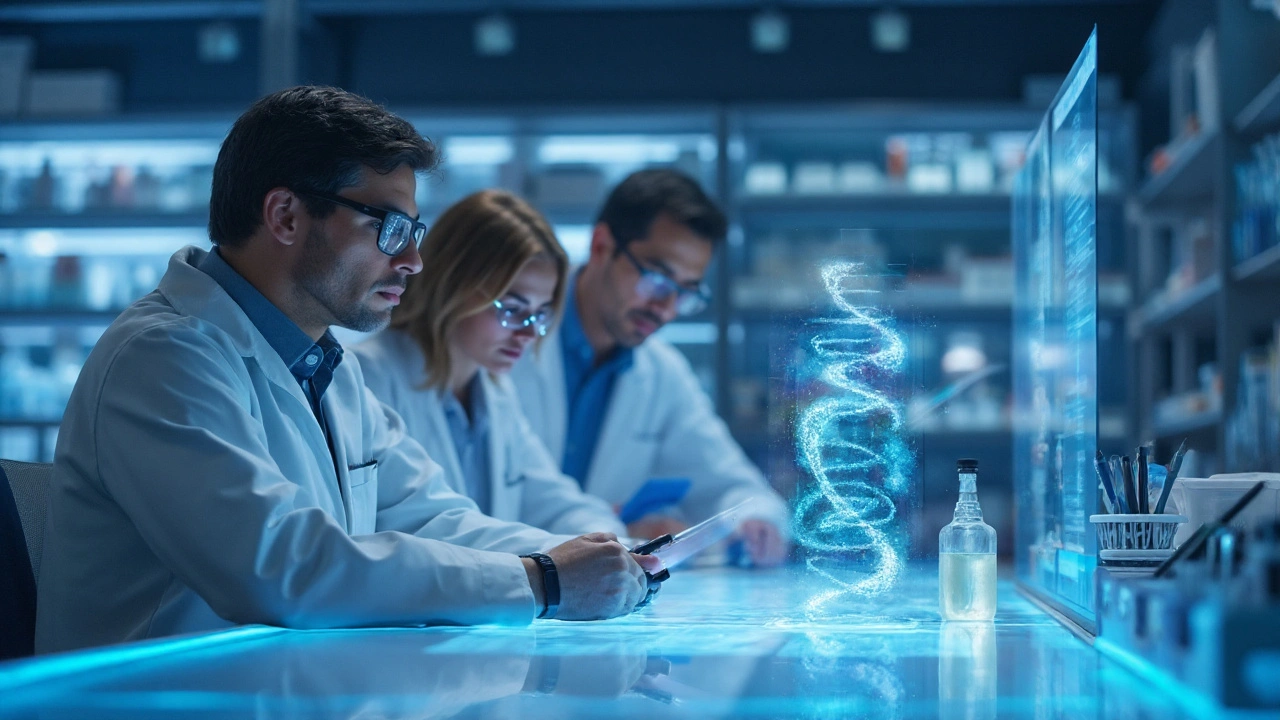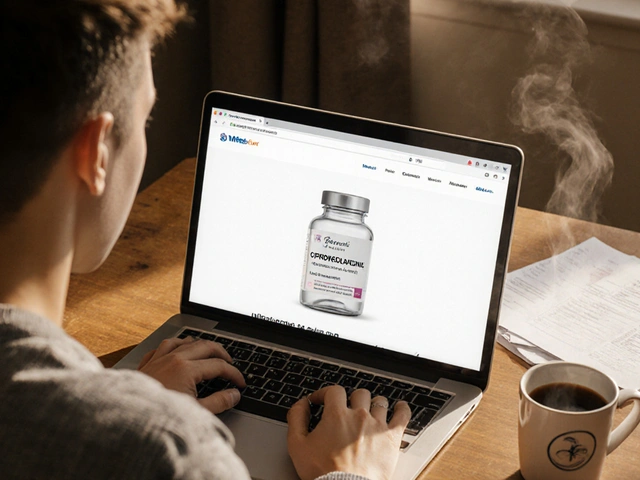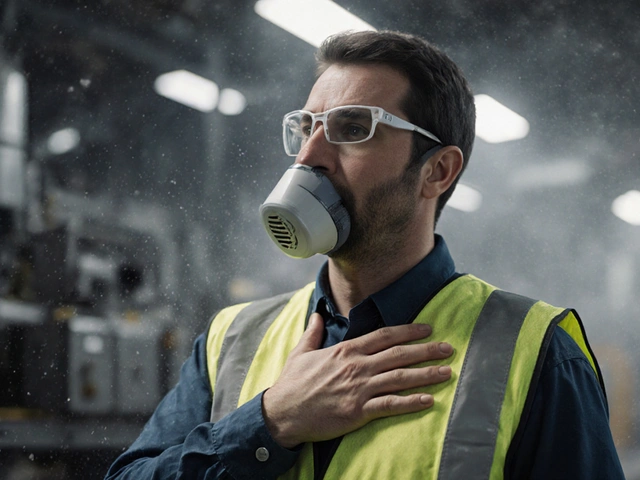Drug Development Explained – From Lab to Pharmacy
Ever wonder how a pill you pick up at the pharmacy went from a scientist’s idea to a product you can trust? It’s a long road with lots of checkpoints. In this guide we walk through each stage so you can see why new medicines cost what they do and why safety matters.
Step 1: Discovery and Pre‑clinical Work
Everything starts with a problem – a disease, a symptom, or an unmet need. Researchers hunt for a molecule that might fix it. That could be a tiny chemical, a protein, or even a gene‑editing tool. They use computers, test tubes, and animal models to see if the candidate shows any promise.
If early results look good, the team moves to pre‑clinical studies. In these tests they check how the drug works, the right dose, and any red flags like toxicity. Think of it as a safety drill before letting humans try it. Only when data show a clear benefit and acceptable risk do they apply to regulators (like the FDA) to start human trials.
Step 2: Clinical Trials and Approval
Human testing happens in three phases. Phase 1 enrolls a small group of healthy volunteers to confirm safety and figure out how the body handles the drug. Phase 2 expands to patients and looks for effectiveness while still watching for side effects. Phase 3 is the big test – dozens or hundreds of sites, thousands of participants, comparing the new drug to existing treatments or a placebo.
When the trial data are solid, the sponsor files a New Drug Application (NDA) or Biologics License Application (BLA). Regulators review the science, the manufacturing process, and the labeling. If everything checks out, they grant approval and the drug can be marketed.
Even after approval, post‑marketing surveillance (Phase 4) keeps an eye on long‑term safety and rare reactions. This ongoing monitoring helps catch issues that didn’t appear in trials.
Understanding these steps helps you see why new drugs aren’t rushed to shelves. Each phase adds a layer of evidence that protects patients while bringing innovative treatments to those who need them.
At Health Messengers at the Gate we break down the science behind medications so you can make informed choices. Whether you’re looking at a brand‑new cancer therapy or a simple over‑the‑counter pain reliever, knowing the development path builds confidence in the medicines you use.

Alpelisib’s Role in Cancer Research and Drug Development - 2025 Update
Explore how Alpelisib reshapes cancer research, drives new drug pipelines, and advances precision therapy for PIK3CA‑mutated breast cancer in 2025.




